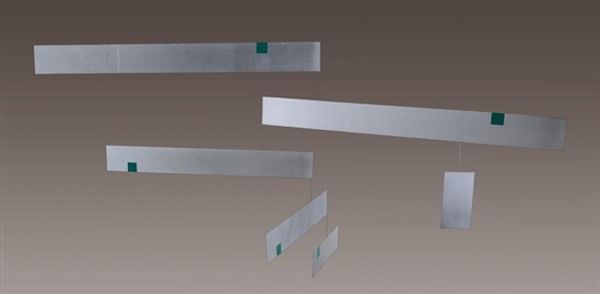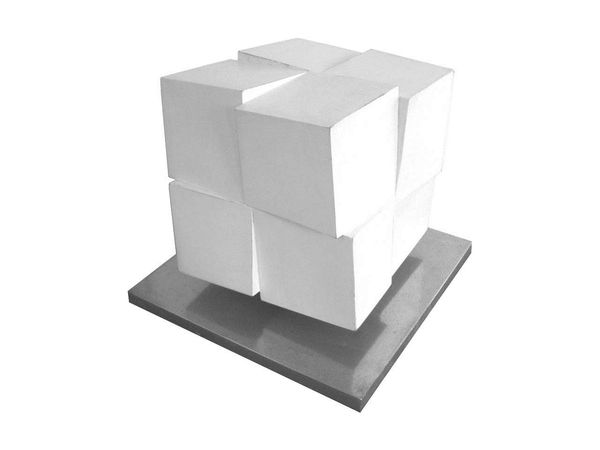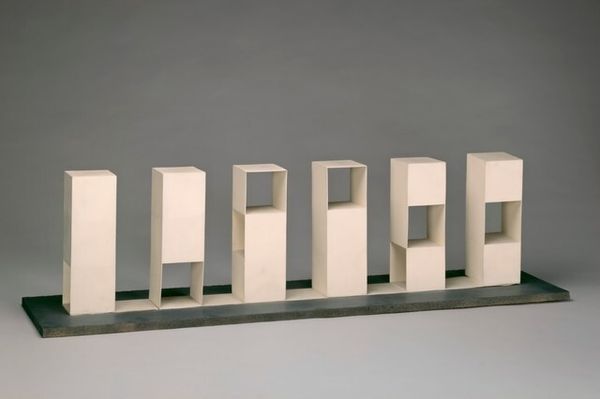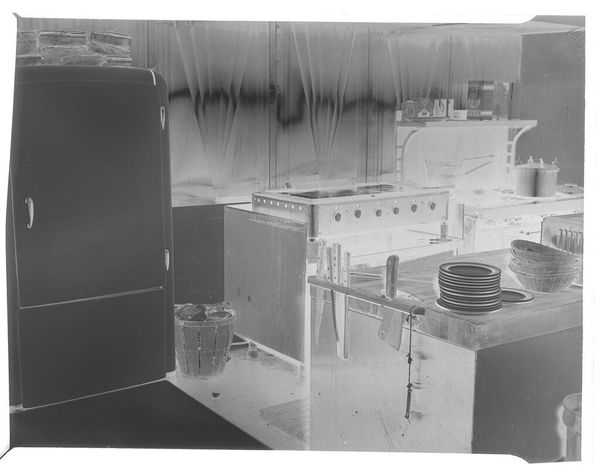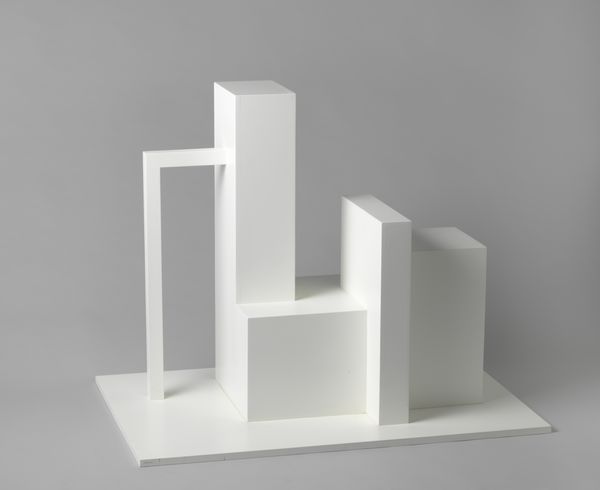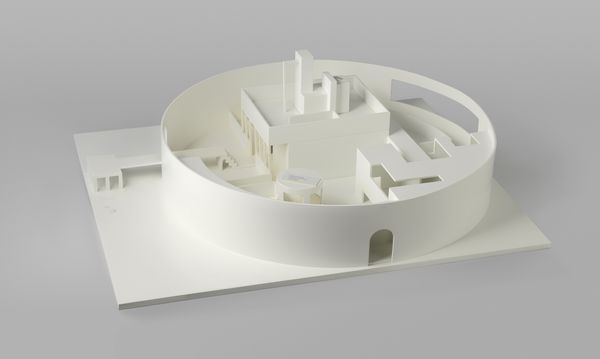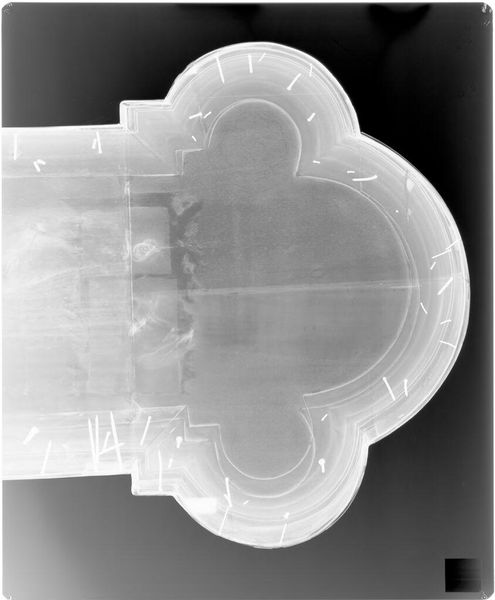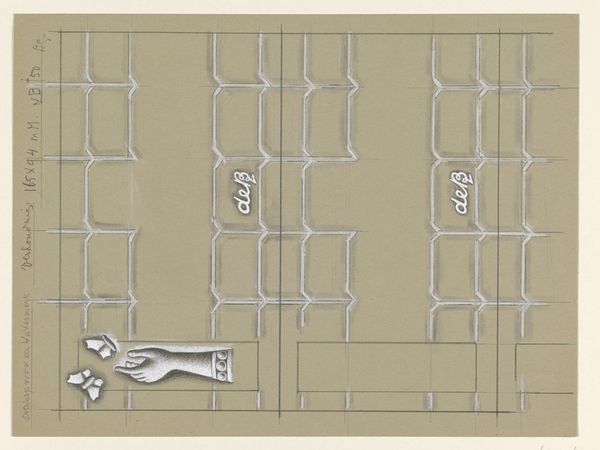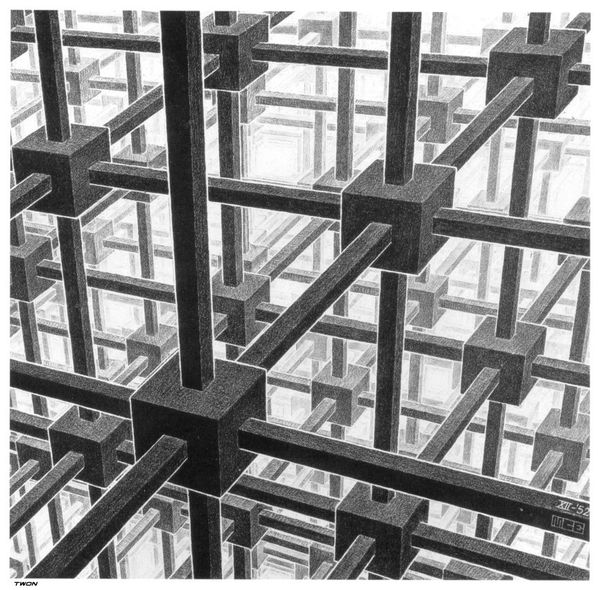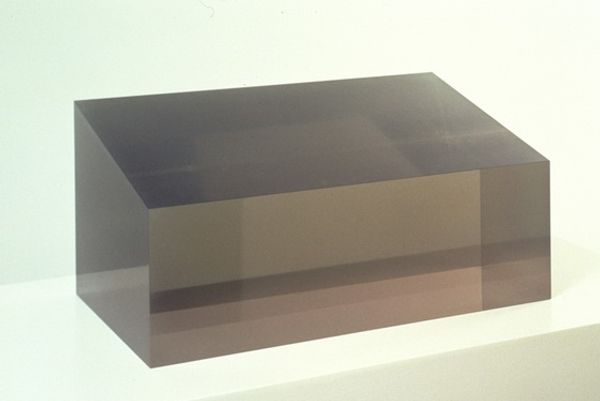
#
render graph
#
3d model
#
architectural modelling rendering
# print
#
plastic material rendering
#
virtual 3d design
#
form
#
3d shape
#
geometric
#
3d digital graphic
#
metallic object render
#
abstraction
#
3d modeling
#
line
#
architectural proposal
Copyright: National Gallery of Art: CC0 1.0
Editor: Here we have "Structure Series #2" by John Maggio, created as a print. The geometric, pale-blue structure almost appears to be floating. It’s strangely calming, like a futuristic ruin. What stands out to you the most? Curator: You know, that calmness you mentioned really resonates. For me, it's about the intersection of order and the unexpected. The cool palette and precise lines create this sense of architectural certainty, almost like a blueprint, but for a building that couldn't, perhaps shouldn't, exist. Doesn’t it also make you wonder if this imagined form might function, maybe in a dreamscape, if not in reality? It also makes you think about form as a main focus. I wonder why the artist chose such a formal and precise study of form. Any thoughts? Editor: I hadn't considered that tension between the possible and impossible. It is so rigid and unnatural, I had considered it a pure exercise of technical drawing without thinking if this virtual architecture is usable in some way. Perhaps that tension makes it intriguing. Curator: Exactly! The artist pushes the boundaries of digital rendering but hints at physical construction. But tell me, does this structured form stir something in your own feelings? Does this prompt any introspection in relation to something outside the purely artistic, whether cultural, natural, or philosophical? Editor: It kind of reminds me of the impossible constructions that Escher created and those buildings prompt philosophical introspection about perception and our grasp on reality. Curator: Ah, Escher! A brilliant connection! Maggio’s piece invites a similar kind of mental play, and that’s its quiet power, don’t you think? It invites you into its puzzle, nudging at your imagination. Editor: Definitely! I initially saw it as a flat, somewhat sterile image. But now, I see those layers of questioning embedded within the structure itself. Curator: Beautifully put. Maybe Maggio's aiming to make us all a bit more thoughtful about the structures we take for granted. It's less a statement and more an invitation, isn’t it?
Comments
No comments
Be the first to comment and join the conversation on the ultimate creative platform.
